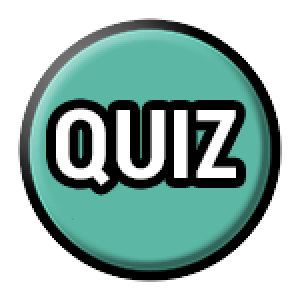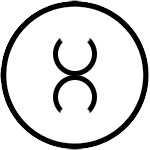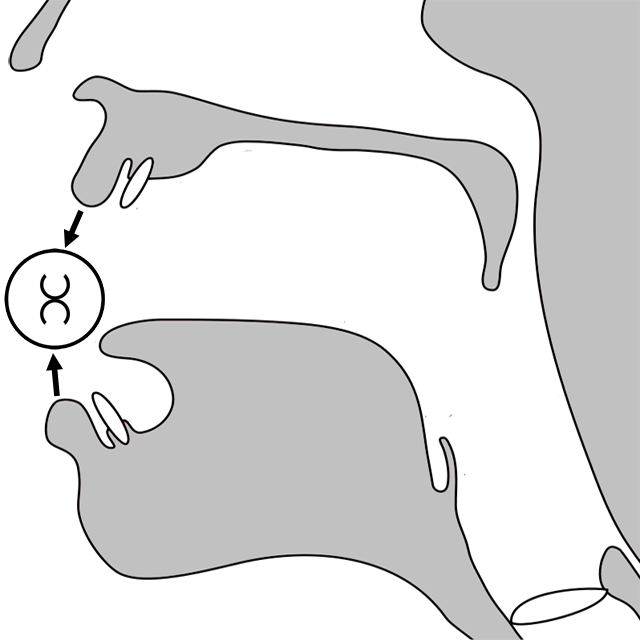
Take the Bilabial Plosive quiz! Click on the NEXT button to start.
%3Ch2%20style%3D%22text-align%3A%20center%22%3EWell%20done!%3C%2Fh2%3E%0A%3Ch3%20style%3D%22text-align%3A%20center%22%3EYou%20have%20passed%20the%20Bilabial%20Plosive%20test.%3C%2Fh3%3E%0A%3Cp%20style%3D%22text-align%3A%20center%22%3EYou%20can%20see%20your%20results%20below.%3C%2Fp%3E%0A%5Bwpv-post-body%20view_template%3D%5C%22lesson-pagination%5C%22%5D
%3Ch3%20style%3D%22text-align%3A%20center%22%3EOops!%20You%20didn%5C’t%20get%20all%20of%20the%20correct%20answers.%3C%2Fh3%3E%0A%3Cp%20style%3D%22text-align%3A%20center%22%3EYou%20can%20see%20your%20results%20below.%3C%2Fp%3E%0A%5Bwpv-post-body%20view_template%3D%5C%22lesson-pagination%5C%22%5D
Bi means two and Labial means lips. Therefore bilabial means two lips.
Plosives are made by stopping the airflow using the lips, teeth, or palate, followed by a sudden release of air. Think of them as explosive sounds!

The bilabial iconophonic is represented by two touching lips (side on view).

Plosive sounds always have the two mouth parts touching.
There are four different kinds of bilabial sounds. Each iconophonic uses the two lip shapes (side on view). The bilabial plosive has the two lip shapes touching with no interconnecting lines or circles.
The English “b” sound is made using a bilabial plosive. In English it is usually also voiced (vocalised).
The English “p” sound is made using a bilabial plosive. In English it is usually also voiced (vocalised).
BZZKTT Version 8.2 • © 2015-2020 Gavin ‘Beatbox’ Tyte (aka TyTe) • All Rights Reserved
BZZKTT is kindly hosted by Alex Tearse from Reefnet.
Special thanks to Alex Tearse, Paul Arnett, Michael Wyatt, Tyler Thompson, Helen Tyte, David ‘Goznet’ Gosnell, and Jerusalem Productions.